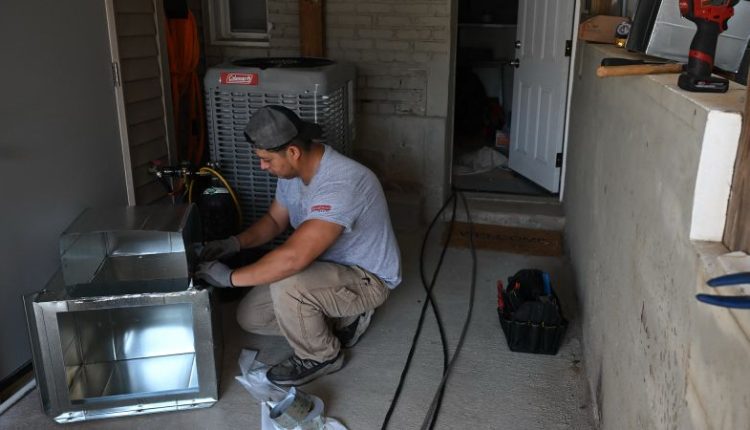Get ready to bundle up this winter — inside your home.
Home heating expenses in the US are expected to jump 10.5%, on average, due in part to colder temperatures forecast for the Northeast and Midwest, according to the National Energy Assistance Directors Association.
Consumers who heat with electricity will be hit the hardest, with their costs projected to rise 13.6% to $1,208 for the winter season, the association found. The expense of maintaining and upgrading the electric grid is driving up costs, particularly in the West, where fires have ravaged the grid and electric heating costs could soar nearly 23%.
The price tag for heating with propane will rise 7.3% to $1,442 this winter, while natural gas users will see a 7.2% increase to $644. Natural gas prices have stabilized but are expected to rise over the winter as US exports increase, said Mark Wolfe, the association’s executive director.
But those who heat with oil will catch somewhat of a break after a pricey heating season last year, with costs expected to rise only 6.1% to $1,963 this winter. A weak oil market has led to a drop in prices.
While many people may think that climate change would produce warmer winters, that’s not necessarily the case, Wolfe said. Extreme cold can still occur even if winters warm overall, according to scientists.
“It will be another difficult winter, coming after a difficult summer,” he told CNN.
“So many families are just finishing paying their summer cooling bills.”
A growing number of people are falling behind on their utility bills, the association found. Some 21 million households owed a total of $13.5 billion on their electric bills in June, up from 20.4 million owing $12.5 billion a year earlier.
The drop in natural gas prices has helped decrease the total amount owed to $6.1 billion in June, compared to $7.4 billion a year earlier. But some 17.4 million households — or more than one in five — were in arrears, up from 15.2 million.
What’s more, utility shutoffs are projected to have increased to 3.8 million households this past fiscal year, which ended September 30, up from 3.5 million the prior year, Wolfe said.
Part of the reason more people are struggling to pay their bills is because there is less federal assistance available, he said. Congress only provided $4.1 billion for the Low Income Home Energy Assistance Program, known as LIHEAP, this past fiscal year, down from $6 billion the prior fiscal year.
The association has asked lawmakers to provide $6.1 billion for the coming fiscal year, as well as an additional $1 billion for emergency assistance.
“In the short term, we need to support the millions of families across the country who are struggling to keep up with monthly utility payments,” he said in a statement.
Read the full article here

